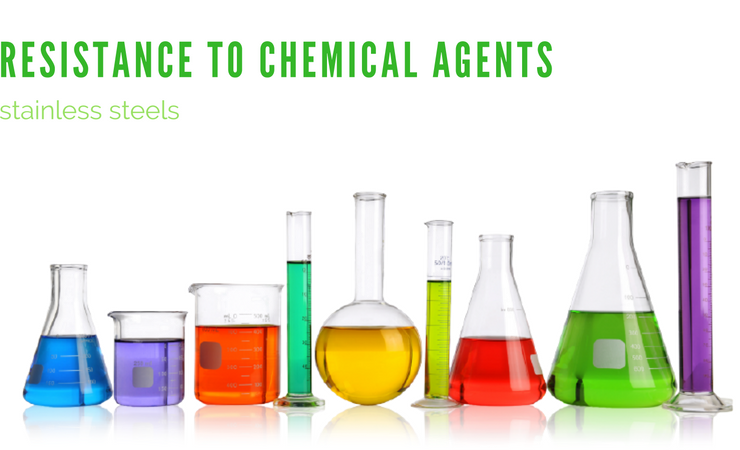
ainless Steel Chemical Resistance. Austenitic steels A1, A2 and A4 obtain their resistance to corrosion through a surface protective layer of oxide.
When the surface protective layer is damaged.
If the surface protective layer is damage it uses atmospheric oxygen to regenerate itself. If access to atmospheric oxygen is blocked:
- by an unfavorable style of construction
- through dirt.
Then even these steels will corrode.
Some general rules.
It is recommended the use of A2 above water and in a continental climate. Indeed, A4 type is perfect for coastal climate besides being recommended for use under water. The last but not the least, the resistance to corrosion of A1 (this steel contains small particles of Sulphur) is lower than that of A2.
What to avoid? Cracks, separation joints, pockets of water, poor ventilation and, finally, layers of dirt.
More information.
The resistance to corrosion can be reduced in the presence of:
- a coating (prevents access to the air)
- chemical blackening
- a roughening of the surface.
Some example? Media containing chlorine can under certain conditions lead to dangerous inter-crystalline corrosion. This is often very difficult to see from the outside. What could cause this? This can lead to a sudden failure of the steel part.
Therefore, it is important the selection of the right steel for high and low temperature applications.
Find our webshop.
Click on the link below to access on our web shop. You can choose the most suitable items to your customers needs.



